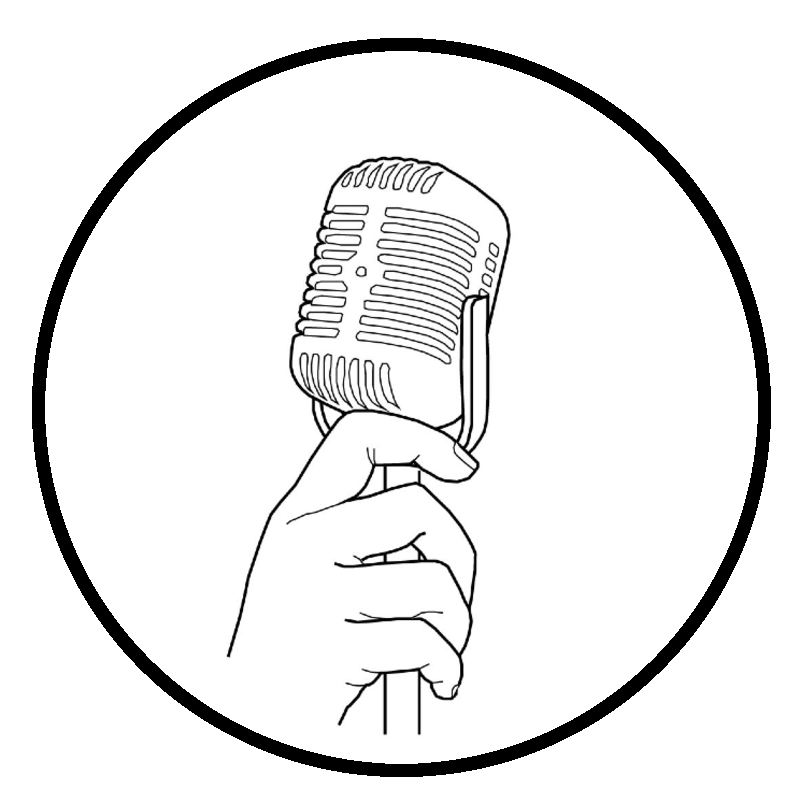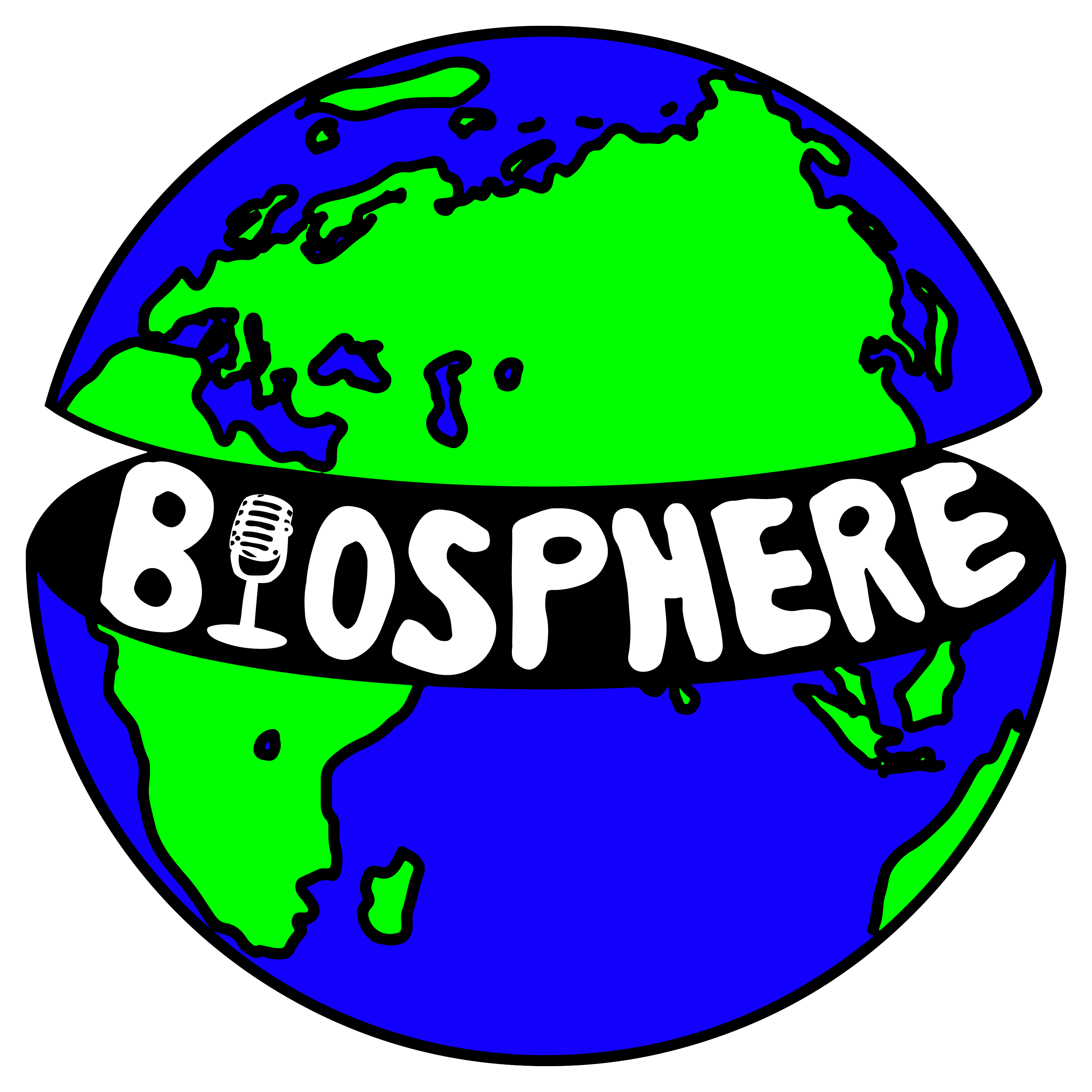In this episode, we talk about Assimilation, both in the case of a very clever sea creature and in the case of academia–that mysterious college and university setting where so many scientists strive to do their science. For this topic, we are joined by a special guest, Sarah MacAnulty (@SarahMackAttack), who does very important work in promoting science communication through Skype-A-Scientist and amplifying women’s voices in science. Be prepared to hear about the uglier side of academia. A powerful report analyzing career outcomes by gender, one of the issues discussed in this episode, can be found here.
It’s usually pretty easy to tell apart plants and animals. For example, animals run around looking for food, while plants stick around in one place and photosynthesize, getting energy from the Sun. No animal can make chloroplasts, the cellular structure that plants and algae use to photosynthesize. But a rare few animals are able to steal chloroplasts from algae and use them for their own devices. For more information on this topic and more examples of creatures stealing cellular components from each other, you can take a look here. To dive more deeply into the case of the crafty sea slugs we discuss, you can start here.
- Find us on Caltech Letters, SoundCloud, Apple Podcasts, and Spotify.
- Contact us at biospherepodcast@gmail.com
- Tweet Lev @LMT_Spoon
- Upgoer5 editor
Cover image: There is a reason why this image resembles a leaf–it’s the underbelly of a sea slug that has gorged itself upon the chloroplasts of many algae! Modified from a figure in this paper (Pelletreau et al. 2014), which is distributed with a CC BY 4.0 license.

